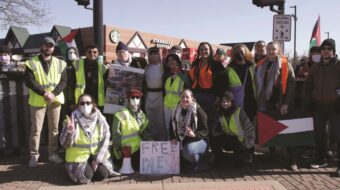The United Nations has described the twentieth century as the century of the refugee. Wars, revolutions, decolonization and economic globalization have uprooted and displaced millions of people worldwide.
The Spanish Civil War (1936-39) caused a refugee crisis of unprecedented proportions—millions of displaced in Spain and more than 500,000 in France—that, like the war, was widely covered by photographers and filmmakers from around the world.
Their heart-wrenching images of suffering, despair, courage, and determination were meant to inform the public as much as to jolt it into political or humanitarian action. Never before had the human consequences of armed conflict been documented in such visual detail.
How was the refugees’ story told initially, and how did that story change during World War II, after the defeat of fascism, and during the Cold War? Did the Spanish war mark the visual birth of the modern refugee?
Abraham Lincoln Brigade Archives Come Alive is hosting an interdisciplinary symposium that will feature seven speakers, more than an hour’s worth of rare documentary footage, and scores of unknown images of Spanish refugees from the recently recuperated archives of Robert Capa, Gerda Taro, and “Chim” Seymour. On Friday, May 1, 2009 from 3-9 p.m.at King Juan Carlos I of Spain Center, 53 Washington Square South. The event is free of charge.
To RSVP
The program is sponsored by the Abraham Lincoln Brigade Archives, the King Juan Carlos Center, the New York State Education Department, and the Program for Cultural Cooperation between Spain’s Ministry of Culture & United States’ Universities.
For more information, contact Jill D. Annitto, Assistant Director, jannitto@alba-valb.org.
ALBA website:











Comments